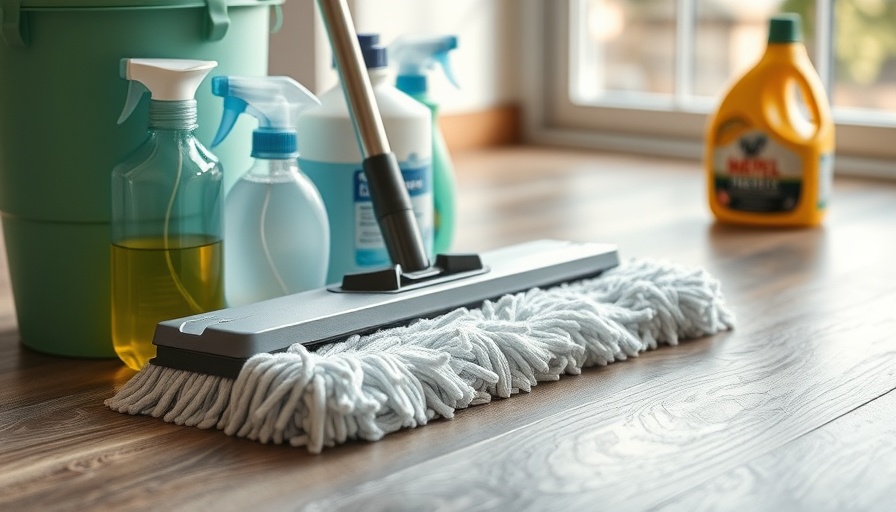
Understanding Vinyl Plank Flooring Care
Vinyl plank flooring has become a staple in modern homes, offering both durability and aesthetic appeal. It’s particularly popular in households with pets and children due to its resilience against wear and tear. However, to maintain its luster and longevity, proper cleaning techniques are crucial.
Essential Tools for Cleaner Floors
Before diving into the scrubbing and mopping, it’s important to gather your cleaning arsenal:
- Microfiber broom mop: Perfect for collecting dust and debris without scratching the surface.
- Vacuum cleaner: Ensure it is set for bare floors to avoid damaging the vinyl.
- O-Cedar spin wet mop: An excellent choice for effective wet cleaning without excessive moisture.
- Cleaning solution: White vinegar or a pH-neutral floor cleaner recommended by your flooring manufacturer.
STEP 1: Daily Maintenance with Sweeping and Vacuuming
The first step in cleaning vinyl plank flooring is to remove dirt, pet hair, and other debris through sweeping or vacuuming. It's essential to perform this step regularly, as leaving debris can lead to scratches over time, leading to costly repairs. As advised by experts, consider using a dry microfiber broom mop or a vacuum on the bare floor setting.
STEP 2: Mixing the Right Cleaning Solution
Your cleaning product choice can significantly affect the floor’s appearance. It’s best to refer to the manufacturer's guidance to ensure compatibility.
For example, brands like Karndean advocate for using their proprietary cleaner or a mixture of white vinegar with warm water (1/4 cup to 1 gallon). Commercial pH-neutral cleaners are a must, with a pH level between 7-11 being ideal.
STEP 3: Testing Solutions for Safety
Before applying any solution broadly, always conduct a patch test in a discreet area to ensure it won't cause discoloration. Allow the solution to dry before assessing the area.
STEP 4: Mopping It Right
Equipped with your cleaner, it’s time to mop. A microfiber mop or the O-Cedar spin mop is advisable for effective cleaning. Avoid products such as Swiffer spray mops which can leave sticky residues.
Make sure the mop is damp, not drenched, to minimize the risk of water damage—an important consideration as excess water can seep into seams and cause swelling.
STEP 5: Regular Maintenance Tips
Changing mop water frequently is crucial. Dirty mop water can transfer grime back onto the floor. Additionally, setting up a regular cleaning schedule can prevent dirt buildup, making deep cleans easier. A simple once-over with a dry microfiber mop regularly, followed by a more in-depth clean weekly or bi-weekly, can keep your floors in top shape.
Future Trends in Vinyl Flooring Care
As homeowners lean toward low-maintenance options, innovations in flooring technology are on the rise. Antimicrobial coatings and advanced cleaning solutions are already in development, offering the promise of easier maintenance and enhanced aesthetics.
Conclusion
Investing time in proper care for your vinyl plank flooring not only keeps your space looking great but also extends the life of the flooring significantly. With the right tools, cleaning solutions, and techniques, a sparkling clean floor is within your reach!
 Add Row
Add Row  Add
Add 



Write A Comment